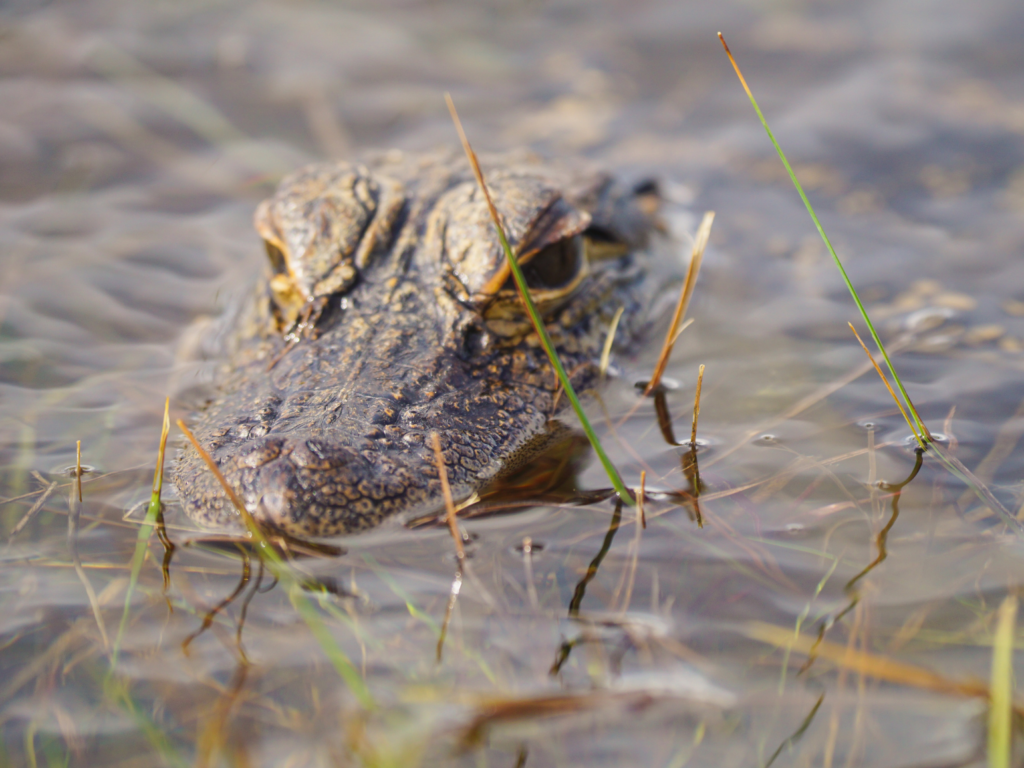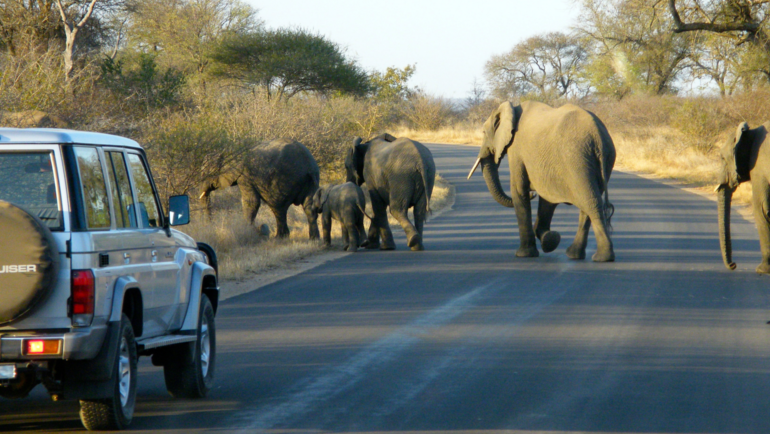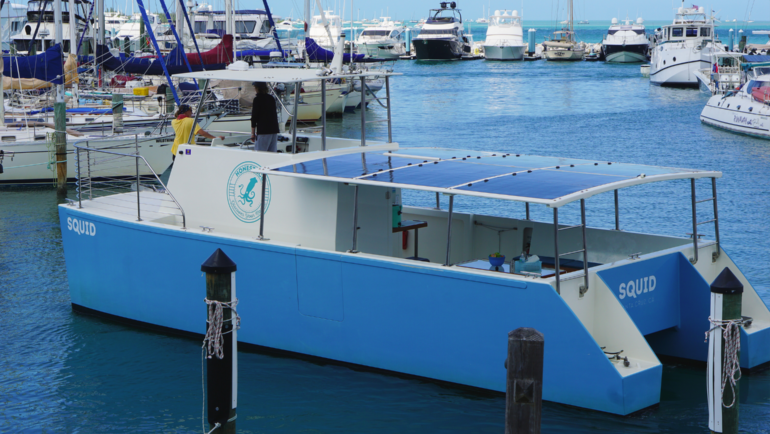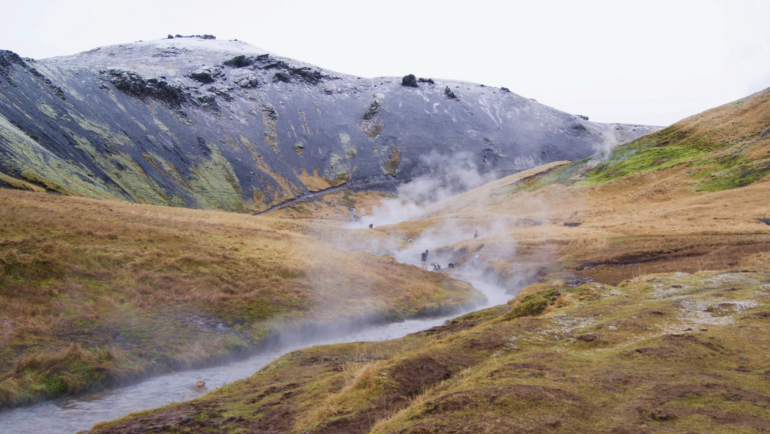An area designated as gator country might not feel very inviting. Or safe for that matter! Understandably, most people are far too nervous of alligators to dare share space with these massive reptiles. But the Shark Valley bike trail inside Everglades National Park offers a safe environment for eco-travelers to explore this gator paradise.
America’s great National Parks are famous for their wild animals. The United States’ largest subtropical wilderness is no exception. No other animal is more closely paired with the Everglades than the American alligator. Alligators primarily inhabit freshwater swamps and marshes and are considered a keystone species. Their presence in an ecosystem plays a critical role in supporting other wildlife.
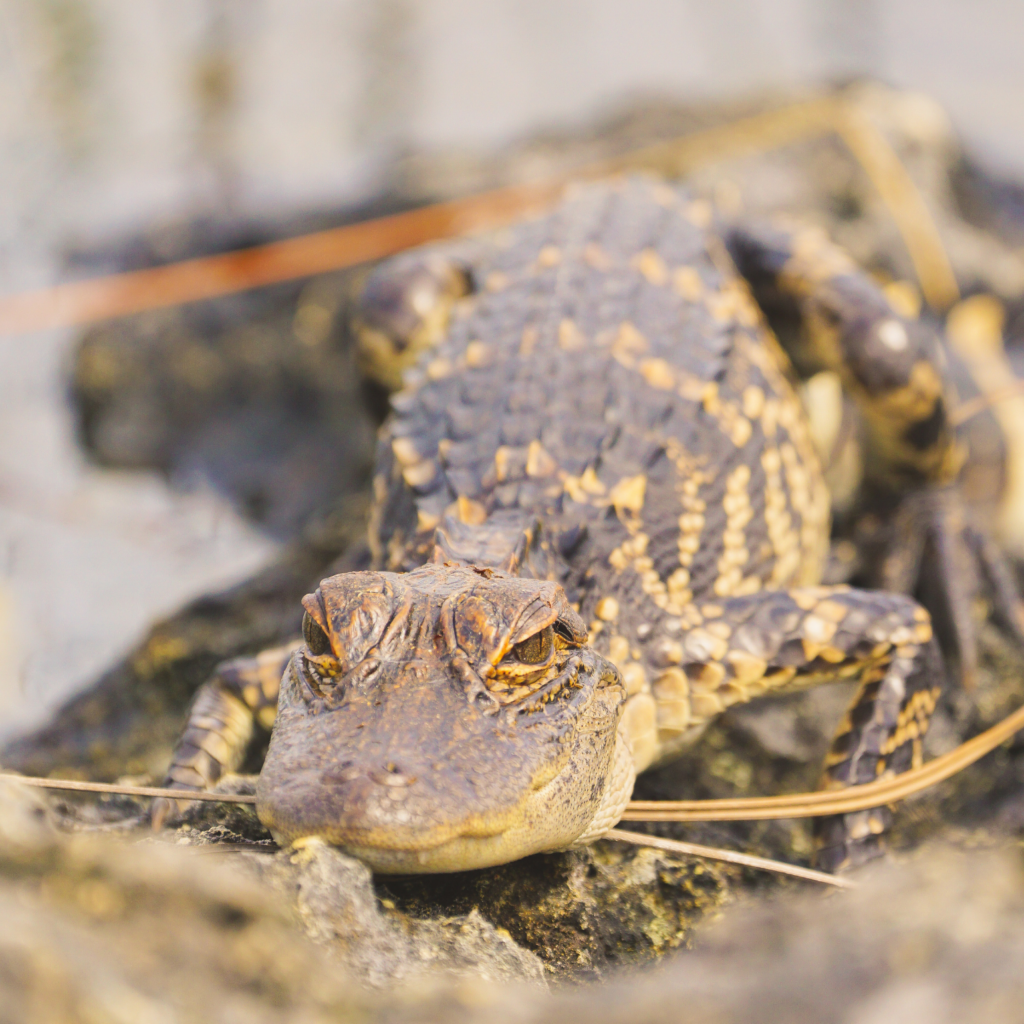
Do you wonder the difference between alligators and crocodiles? How to Tell the Difference Between Alligators and Crocodiles
Biking Gator Country – Shark Valley Trail
Biking past flooded channels dotted with alligators might make your stomach flip. But cruising through Everglades National Park on two wheels is not the daredevil stunt you are imagining. The Shark Valley Visitor Center is the ideal place for travelers to discover the park for a leisure half-day adventure. Located just 45 miles west of Miami Beach, it is one of three park entrances into the Everglades.
The entrance fee for Shark Valley Visitor Center is the same as most other national parks, just $30. But if you’re planning on visiting other parts of the Everglades, this pass is good for 7 days and enables you to enter and reenter the park however much you want in a week.
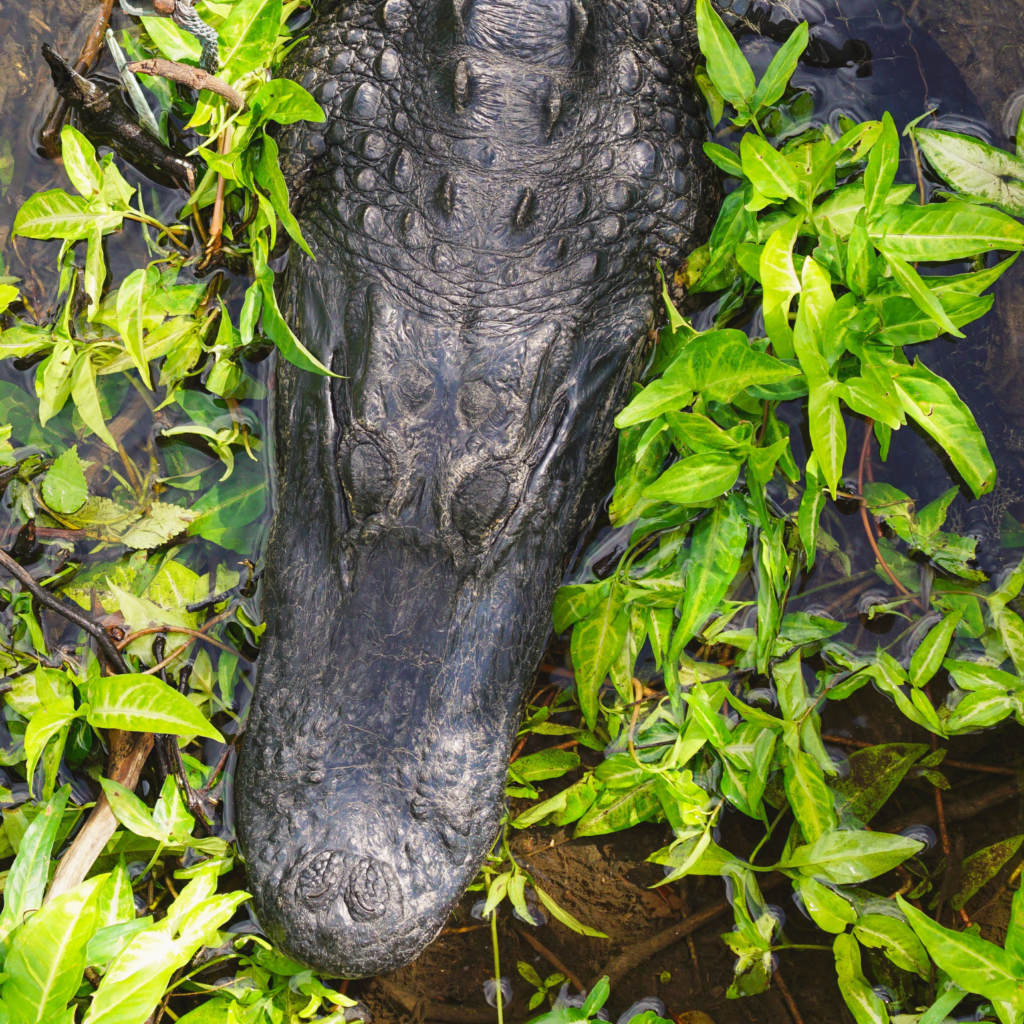
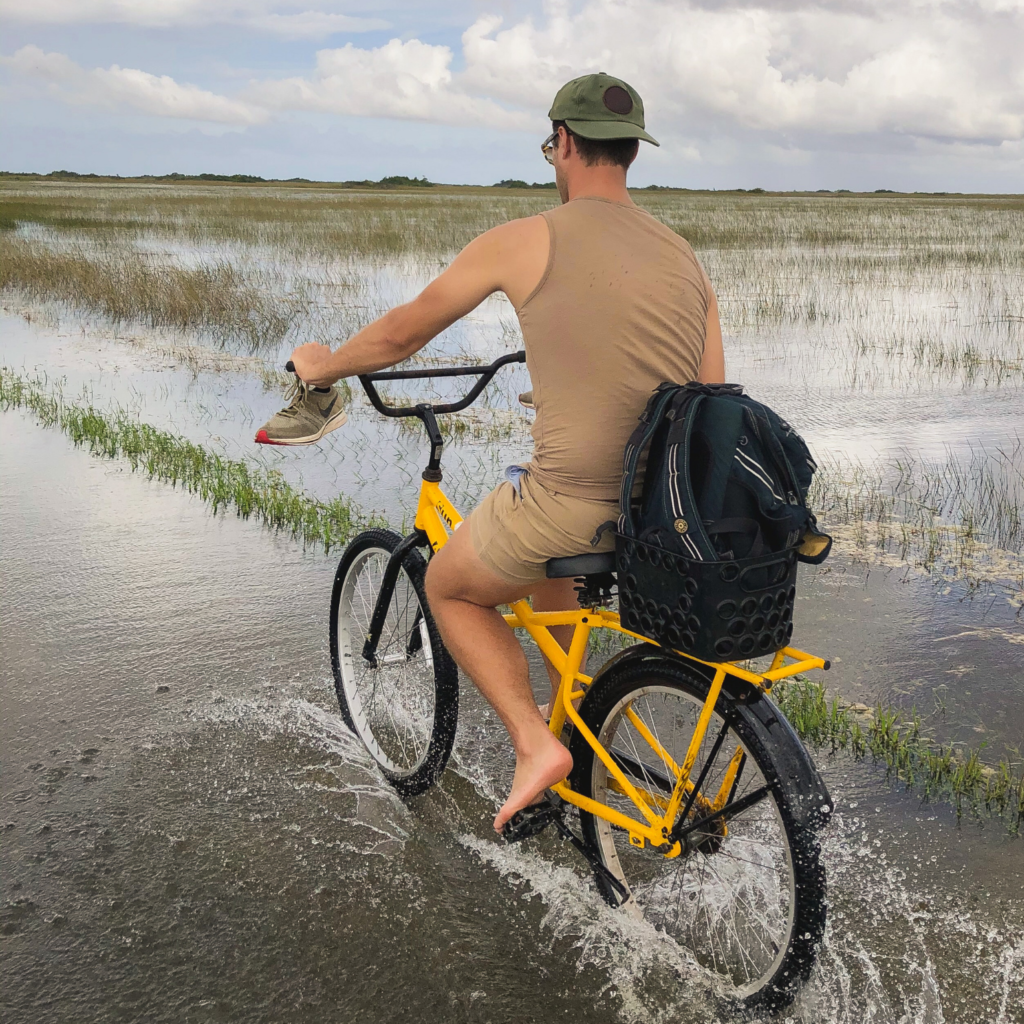
Do not expect any bells or whistles from the Shark Valley Visitor Center, this modest building has a snack stand, information desk, interpretive graphics, and pit toilets. As for the bike rentals, they are not fancy, just simple beach cruiser bikes with pedal brakes. Honestly, they are all you need for the smooth trail, no need for gear shifting on this flat plain loop.
Another option is to take a ride on their guided tram tour, which will drive you around the same 15-mile loop. The tram is a much quicker option if you’re on a tight schedule and is much more inclusive for folks of all ages and abilities. Personally, I loved the freedom to stop and enjoy the scenery whenever I wanted to snap a picture of an alligator.

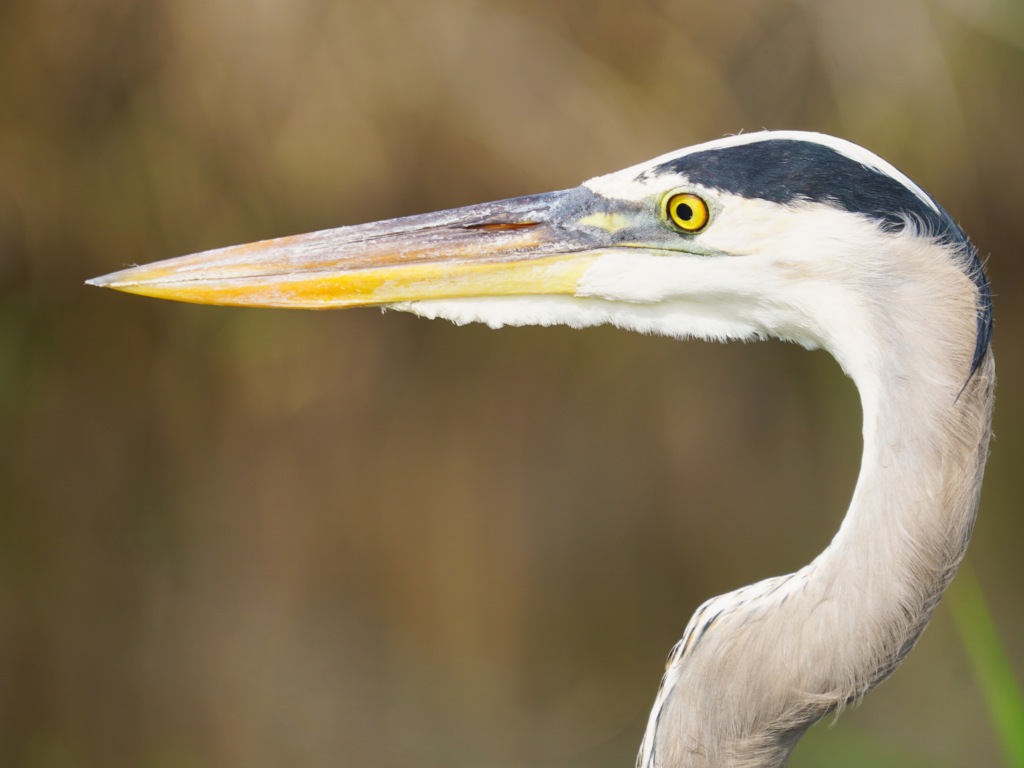
Shark Valley Bike Trail – 15 Miles of Marshland
For a true journey for wildlife, I say rent a bicycle and peddle the 15-miles, it makes for a peaceful half-day of slowing down to enjoy every sighting. The entire round trip took us about three hours, as we biked the flat loop. Visitors are welcome to bring their own bicycles or rent them from the Visitor Center. The bike rental fee is $20 per bike, and rentals are open from 8:30 am till 4:00 pm daily. I recommend reserving your bike online ahead of your visit, click here to save your seat: Shark Valley Bike Rentals.
The Shark Valley Trail is an all-in-one loop for the tram riders, bikers, and folks brave enough to walk the loop. Though 15-miles might not seem like a daunting excursion. Remember that heat and wind can really slow a journey down, especially on a shadeless loop like this. For most visitors, the entire loop will take about 2-3 hours, depending on how many stops are taken along the way.
This marshland is dominated by flat grass-covered land for as far as the eye can see. If gators are top on your list of animals to see in the Everglades, then I cannot recommend this loop enough. I, like many others, expected to see hundreds of alligators all around the Everglades. But in fact, during my early November visit, I only observed gators in this specific area of the park. From the beginning to the end of the 15-mile loop I managed to spot over a dozen gators, ranging in size from little babies to massive full-grown adults.
Remember, always give wildlife plenty of space. It is recommended to stay about 15 feet away from resting alligators. You are a guest in their home, even if they choose to lounge on the bike trail. Give them space and respect. Be sure to keep your eyes peeled for the diverse wildlife from birds and turtles to frogs and maybe even otters. Here are 5 Animals to See in Everglades National Park.
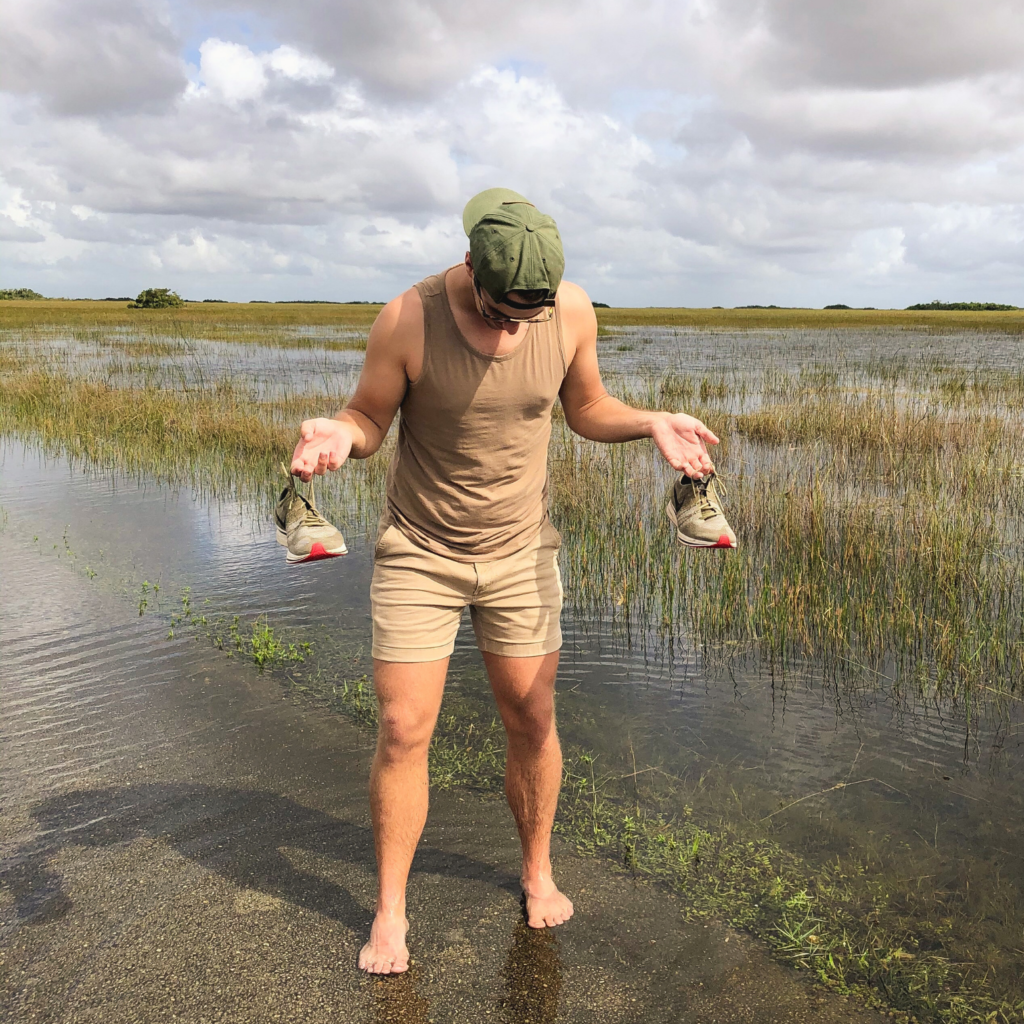
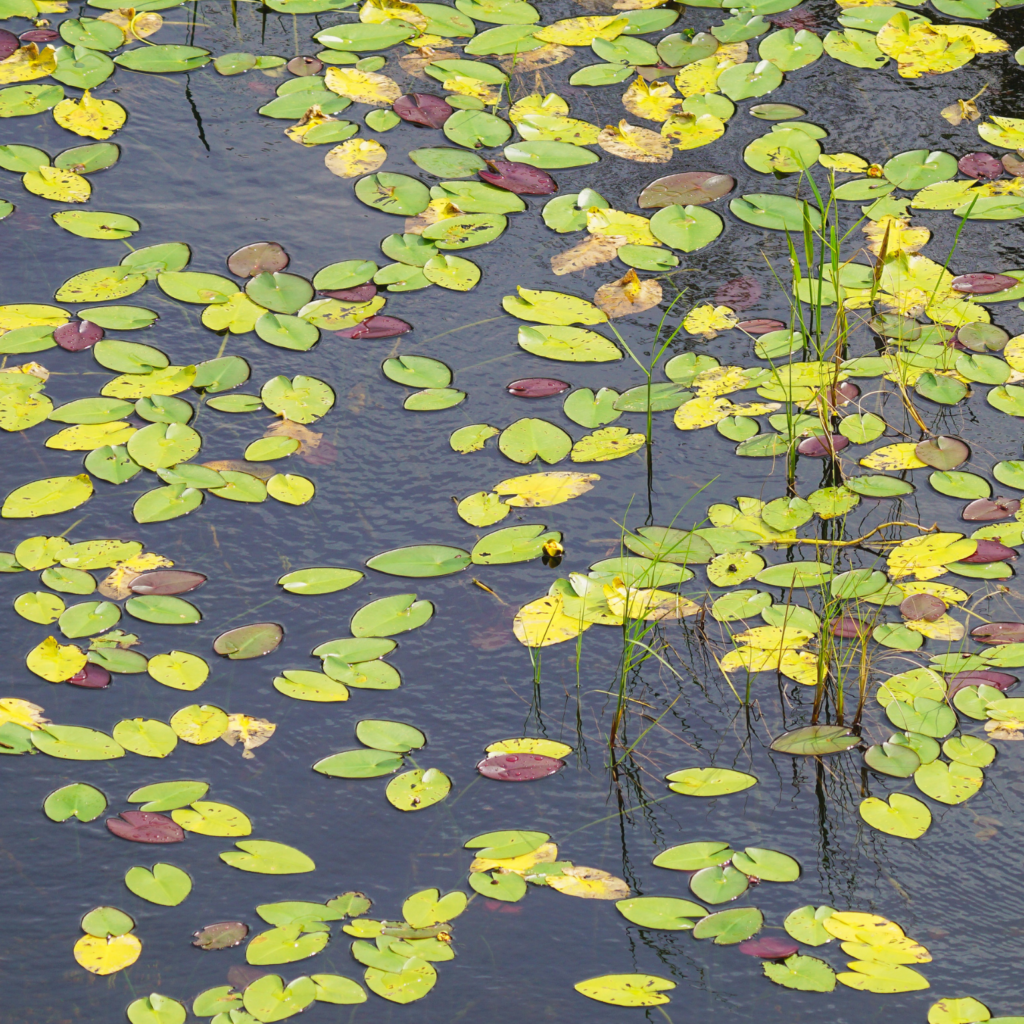
Shark Valley Observation Tower – The Everglades’ Permanent UFO
The oddest feature of the Shark Valley Trail is by far the observation tower. This retro 45-foot-tall concrete structure was built in the 1950s and shadows over the rest of the park. From the top, visitors can take in the sweeping views from the highest point in the Everglades. On clear days visibility can reach as far as 20 miles in any direction. Additionally, the observation tower conveniently marks the halfway point of the loop, giving folks a perfect place to use the restroom and recharge before hitting the pavement again. Just make sure to soak in the panorama view and the wetland habitat directly below the tower – this pond offers great views of alligators, turtles, and wading birds.
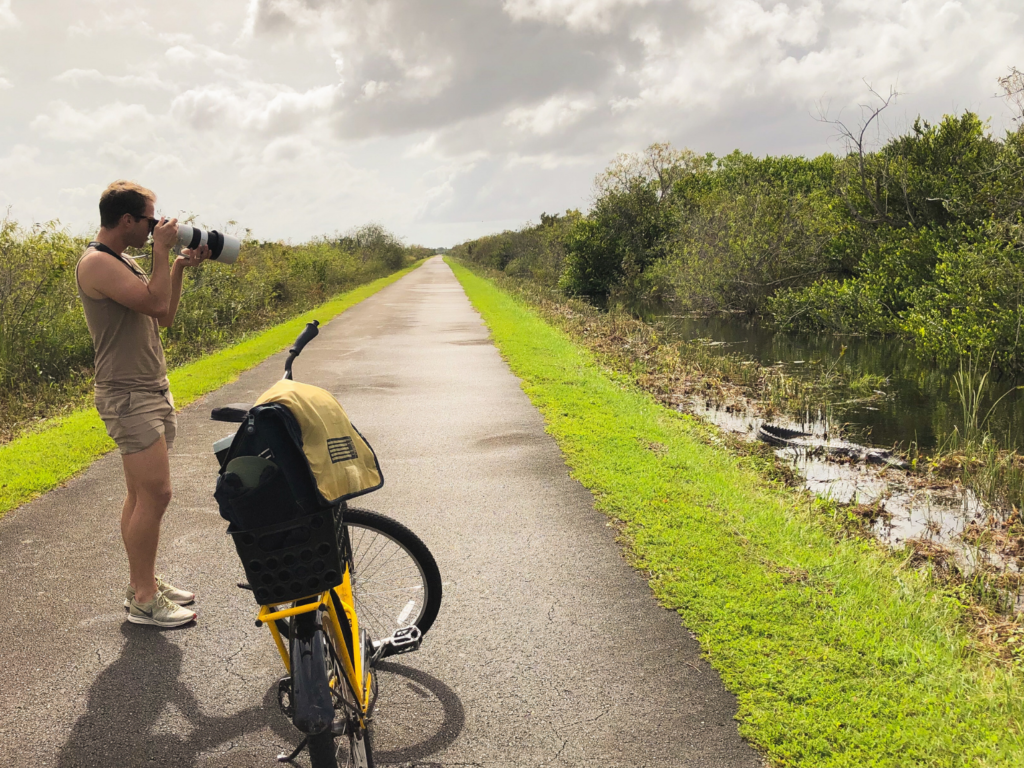
Visiting Shark Valley Visitor Center – Time of Year
The Everglades is known for two dramatic seasons, the wet season, and the dry season. November through March is considered the dry season and is the best time to visit Everglades National Park. Many factors help to entice winter visitors; low humidity, fewer thunderstorms, pleasant temperature, and almost zero mosquitos! Additionally, this time of year pulls wildlife to remaining water sources which improves visibility for viewing. Oppositely, the summer months in south Florida can be brutal, with scorching temperatures, high humidity, daily rainfall, and swarms of mosquitoes.
I recommend planning your Shark Valley loop early in the day. We arrived just after the park opened, and perfectly dodged the afternoon showers. Also, the National Park Service recommends visiting on weekdays and avoiding holidays and weekends. This will help you avoid long lines at the entrance and the nightmare of a full parking lot. Considering the remote location of Shark Valley Visitor Center, there really are no other parking options. Plan ahead and skip the crowds. Time to start planning your Shark Valley eco-adventure through Everglades National Park.
